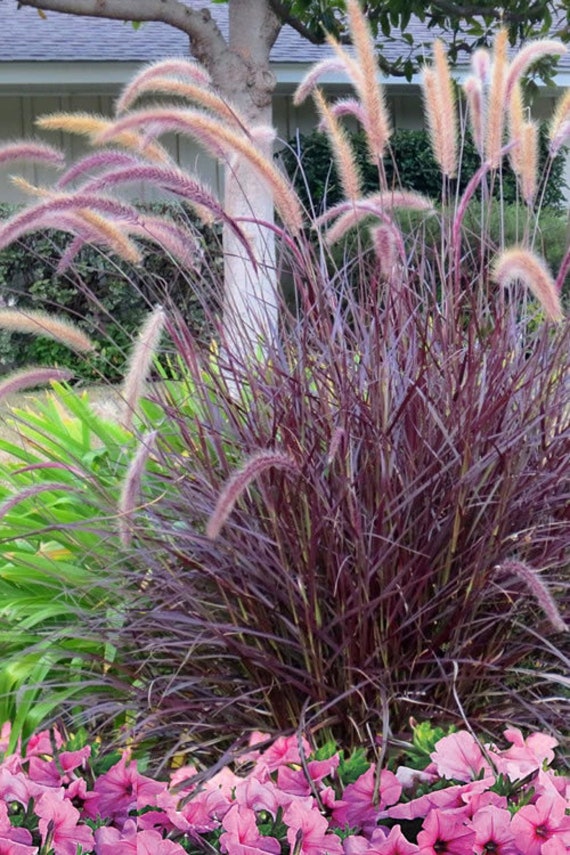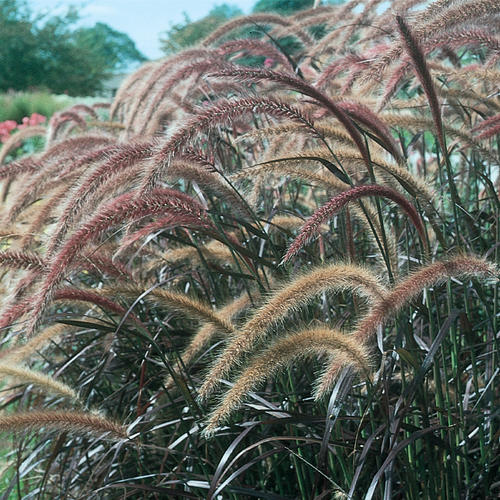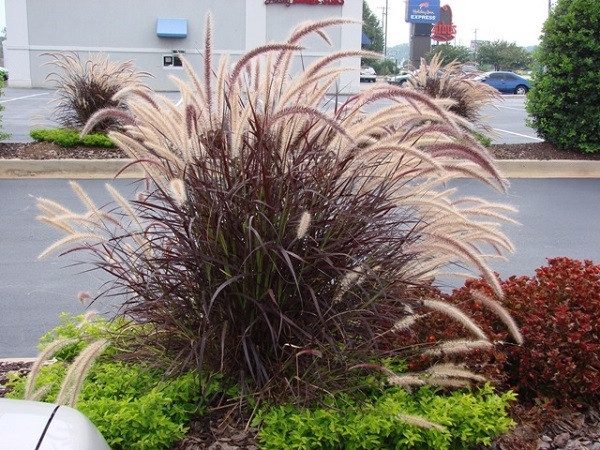Purple decorative grass, also known as ornamental grass, has become a popular choice for homeowners and landscape designers alike. Its stunning hues, graceful forms, and versatility can enhance any garden, adding a touch of elegance and drama. In this comprehensive guide, we’ll explore everything you need to know about purple decorative grass, from choosing the right varieties to planting and maintenance tips. Drawing from personal experiences and expert insights, this article aims to equip you with the knowledge you need to beautify your outdoor spaces.
What is Purple Decorative Grass?
Purple decorative grass is a variety of ornamental grass that features striking purple or burgundy foliage. These grasses are not just visually appealing but also functional, as they can add texture and structure to garden beds, borders, and other landscape designs.
Benefits of Using Purple Decorative Grass
- Aesthetic Appeal: Adds unique color and texture to landscapes.
- Low Maintenance: Generally requires less upkeep than traditional plants.
- Versatility: Can be used in various garden styles from modern to rustic.
- Wildlife Friendly: Attracts pollinators and beneficial insects.
Popular Varieties of Purple Decorative Grass
When it comes to purple decorative grass, there are several varieties to choose from. Here are some of the most popular:
1. Purple Fountain Grass (Pennisetum setaceum ‘Rubrum’)
This stunning grass boasts long, arching leaves that display deep purple hues. It blooms with fluffy, pinkish-purple flower heads that sway beautifully in the breeze.

2. Japanese Blood Grass (Imperata cylindrica ‘Red Baron’)
Featuring vibrant red-tipped leaves, this variety offers a striking contrast against green foliage, providing a unique look in the garden.
3. Ruby Grass (Melinus nerviglumis)
With its deep, ruby-colored plumes and slender green foliage, Ruby Grass is a perfect choice for adding height and interest to your garden.

4. Caramel Fountain Grass (Pennisetum alopecuroides ‘Caramel’)
This variety boasts a warm caramel color, blending beautifully with other plants while providing a subtle hint of purple.
Choosing the Right Purple Decorative Grass for Your Garden
Selecting the right purple decorative grass depends on various factors, including climate, soil type, and design goals. Below is a comparison table to help you decide:
| Variety | Height | Sun Requirements | Water Needs | Best for |
|---|---|---|---|---|
| Purple Fountain Grass | 3-4 ft | Full sun | Low | Borders, containers |
| Japanese Blood Grass | 2-3 ft | Full sun to partial shade | Moderate | Garden beds, accent plants |
| Ruby Grass | 2-3 ft | Full sun | Low | Mass plantings, focal points |
| Caramel Fountain Grass | 2-3 ft | Full sun | Low | Mixed borders, containers |

Planting Purple Decorative Grass
When to Plant
The best time to plant purple decorative grass is during spring after the last frost. This allows the plants enough time to establish roots before the heat of summer.
How to Plant
- Choose the Right Location: Select a spot with full sun to partial shade based on the variety you choose.
- Prepare the Soil: Ensure well-draining soil and incorporate organic matter, such as compost.
- Dig a Hole: Make a hole twice the size of the root ball.
- Place the Plant: Position the grass in the hole, ensuring the crown is at soil level.
- Fill and Water: Fill the hole with soil, press down gently, and water well.

Maintaining Purple Decorative Grass
Watering
Most purple decorative grasses have low water requirements once established. Water regularly during the first growing season to help establish roots, and then reduce frequency.
Fertilizing
Fertilizing is generally not necessary, as these grasses thrive in average soil. However, a light application of balanced fertilizer in early spring can promote growth.

Pruning and Cutting Back
In late winter or early spring, before new growth begins, trim back the foliage to about 6 inches above the ground. This promotes healthy growth and helps clear away any dead material.
Common Pests and Diseases
Purple decorative grasses are generally resistant to pests and diseases. However, keep an eye out for aphids and spider mites. Regularly inspecting your plants will help catch any problems early.

Design Ideas Using Purple Decorative Grass
Purple decorative grass can enhance various landscape styles. Here are some creative ideas to consider:
1. Borders and Edges
Use purple grass to create eye-catching borders along walkways or flower beds.
2. Focal Points
Create a focal point in your garden by grouping several clumps of purple grass together.
3. Containers
Purple grasses look stunning in containers, making them perfect for patios or balconies.
4. Mixed Plantings
Combine purple grass with flowering plants to create a vibrant contrast in color and texture.
Pros and Cons of Purple Decorative Grass
Pros
- Unique and attractive appearance
- Low maintenance and drought-tolerant
- Excellent for erosion control
- Attracts wildlife like butterflies and birds
Cons
- Some varieties can become invasive
- Not suitable for extremely wet areas
- May require periodic division to maintain health
Frequently Asked Questions (FAQs)
What is the best purple decorative grass for small gardens?
The Japanese Blood Grass is a great option for small gardens due to its compact size and vibrant color.
How fast does purple decorative grass grow?
Purple decorative grasses typically grow at a moderate pace, reaching full size in 2-3 years, depending on the variety and growing conditions.
Can purple decorative grass survive winter?
Most purple decorative grasses are hardy and can survive winter. However, it’s essential to cut them back in late winter for optimal growth in spring.
Is purple decorative grass safe for pets?
Yes, most purple decorative grasses are non-toxic and safe for pets, but always monitor your pets to prevent nibbling on unfamiliar plants.
Conclusion
Purple decorative grass can be a stunning addition to any landscape, offering beauty, texture, and ease of care. By choosing the right variety and following proper planting and maintenance techniques, you can create a vibrant outdoor space that showcases these unique grasses. Whether you’re an experienced gardener or a novice, incorporating purple decorative grass into your garden is sure to leave a lasting impression.